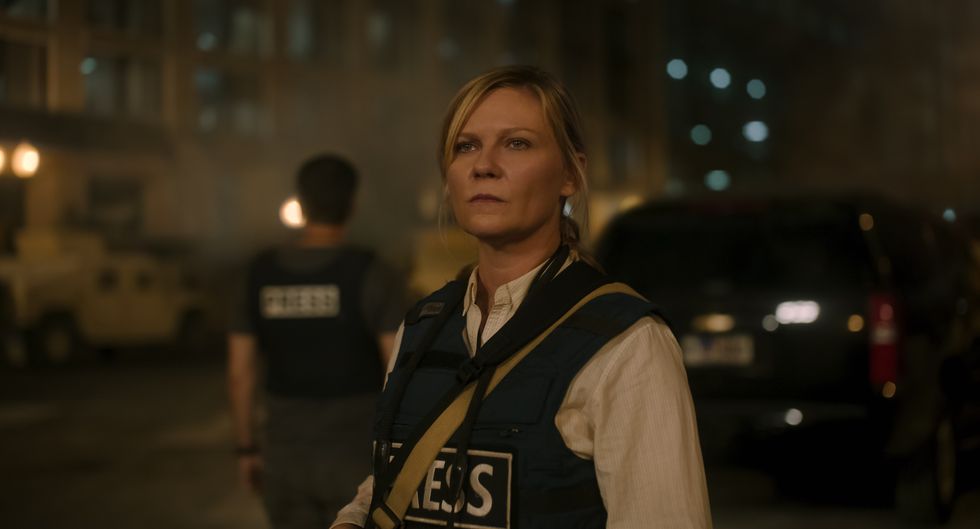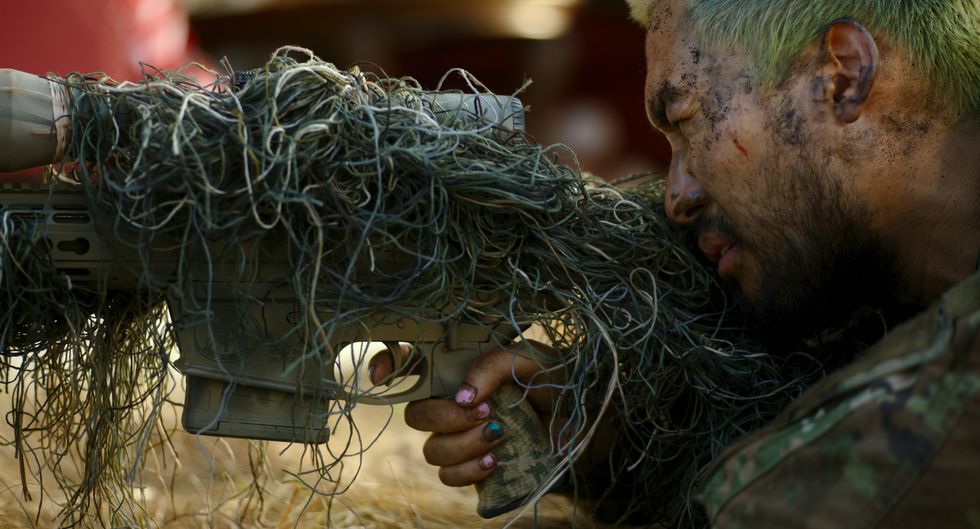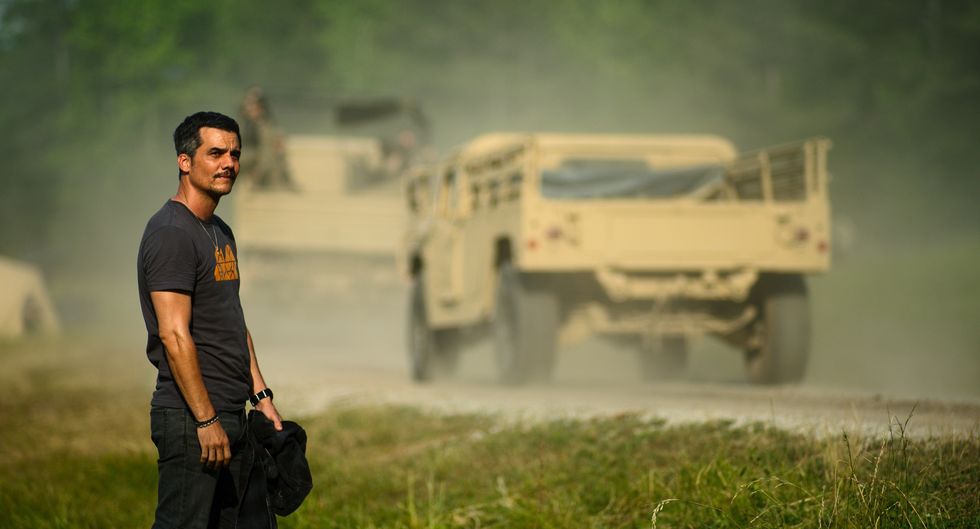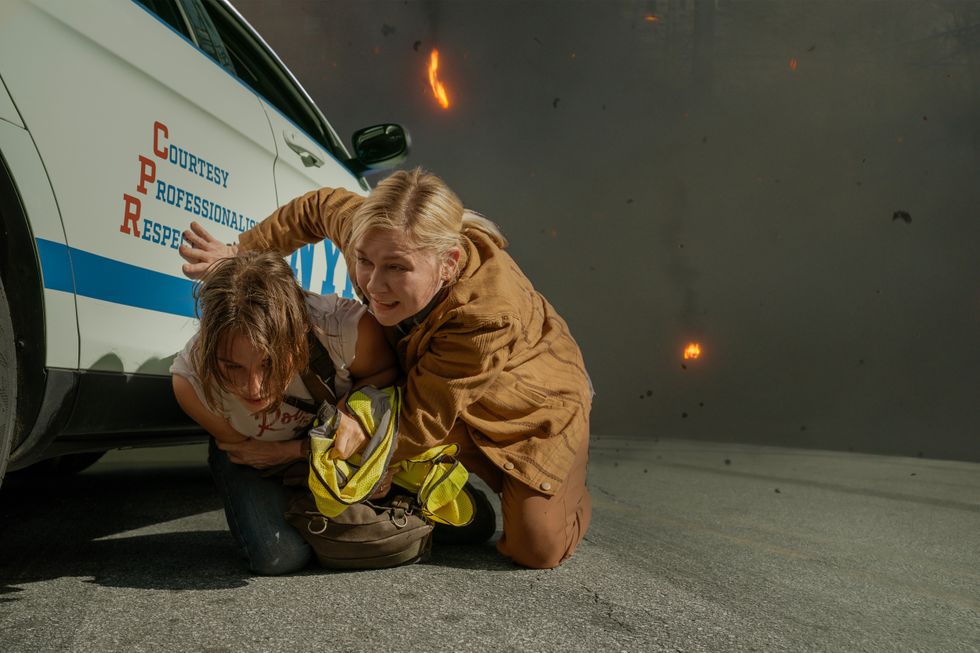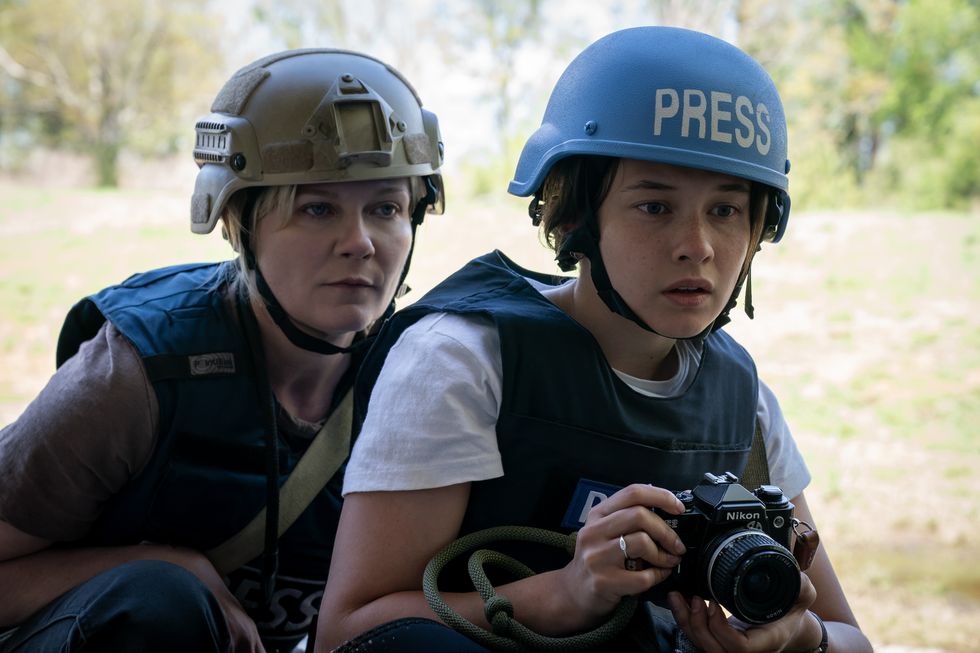Editor Chris Donlon Breaks Down His Premiere Pro Workflow on Tribeca Film ‘The Good Half'
The Good Half, directed by Robert Schwartzman, reflects themes of love, loss, grief, and healing in this family drama starring Nick Jonas, Brittany Snow, Elizabeth Shue, David Arquette, Matt Walsh, and more. Editor Chris Donlon, known for projects like Creep, Paddleton, and The Lady and the Dale – chose Adobe Premiere Pro to craft this intimate story that jumps back and forth in time to explore complex familial relationships and emotions.

This post was written by Meagan Keane and originally appeared on Adobe blog on Jun. 8, 2023.
The film stars Nick Jonas as an aloof writer who returns to his hometown for his mother’s funeral. While re-encountering family dynamics that he had long tried to avoid, he also forges a new relationship with a charming stranger who helps him realize he can’t avoid conflict forever.
Working remotely, Chris and his team used Productions in Premiere Pro to share project bins and collaborate. Chris shared his workflow breakdown and tips below.
The Good Half premieres at Tribeca on June 8.
Can you tell us about your experience as a filmmaker and how you got started in the industry?
I’ve been really fortunate in my career to have worked on a wide breadth of genres and formats, from narrative features to documentary series. My first big break came when my friend Patrick Brice called me and said he was making an experimental movie with Mark Duplass and wanted to see if I’d be interested in editing it. This would become Creep and really launch my career.
How and where did you first learn to edit?
My dad was in the distribution side of the business, so I grew up around movies and talking about movies. This led to editing home movies VHS to VHS in the '80s/'90s, going to film school at UC Santa Cruz, and editing as many short films as I could trying to gain experience. I “cut my teeth” on action shorts, which I think gave me a good foundation for visual storytelling.
How do you begin a project/set up your workspace?
Right now I’ve got a work from home setup with two monitors and a TV. Once we start getting dailies in I like to scan through all the setups and get an overview of what was shot and start visualizing which setups might be ideal for different story beats. Then I’ll dive into a scene and watch everything, keeping the overhead view in mind.
Tell us about a favorite scene or moment from this project and why it stands out to you.
On The Good Half there is a very tender scene between brother and sister recuperating in a stairwell after an intense funeral. It’s one of those scenes that appears simple but it was something we spent a lot of time massaging in the edit to really hone in on the emotional core of it. Even though the performances were fantastic, the scene dragged on a little long and we realized some of the dialogue was either unnecessary or could be put together in a more effective order. We cut it down and let more of it play as subtext, with looks exchanged between brother and sister within a slightly different structure to the scene. Suddenly the moment clicked into place, and it was a great feeling to help elevate the scene to where we knew it could be.
What were some specific post-production challenges you faced that were unique to your project? How did you go about solving them?
The structure of The Good Half has you going from present day to short flashbacks throughout the film, and Robert knew that he wanted to use match cuts whenever possible to help with these transitions. Many of the match cuts were designed before filming but there were a few instances where we would cut a scene or move a scene to a different part of the film, and we’d have to try and find a match cut in post that wasn’t planned for. To build these new transitions we’d look for similar movement in the frame, or re-frame shots to better match the next shot. It was cool to discover new relationships that weren’t there before and build the connection between past and present in that way.
What Adobe tools did you use on this project and why did you originally choose them? Why were they the best choice for this project?
We used Adobe Premiere Productions on this project, as it allowed us to use shared project bins between myself and my assistant editor within a remote workflow. Premiere Pro is also something that everyone on the project was familiar with, and it let us all jump right in from the start.
If you could share one tip about Premiere Pro, what would it be?
Use the customization! Customize the keyboard shortcuts, the workspaces, and everything to be the way you like it. The great thing about Premiere is how customizable it is and once everything is set up to work the way your brain works it makes editing a pleasure.
Who is your creative inspiration and why?
Right now I have to say I found The Daniels’ Everything Everywhere All at Once super inspiring. The storytelling and editing on that film were all next level. On the opposite end of the spectrum I am a big fan of the quiet and subtlety of Céline Sciamma and her films like Petite Maman and Portrait of a Lady on Fire. There’s something about exploring the edges of both maximalist and minimalist approaches to filmmaking that I find inspiring in understanding what’s possible within the medium.
What’s the toughest thing you’ve had to face in your career and how did you overcome it? What advice do you have for aspiring filmmakers or content creators?
Like I’ve said, I’ve been very fortunate in my career so far. My best advice is to try and find people you love working with, watch a lot of movies, and always keep an open mind about feedback and notes.
Share a photo of where you work. What’s your favorite thing about your workspace and why?
I love having a basement workspace at home. The short walk from our front door to the basement is the perfect commute.
This post was written by Meagan Keane and originally appeared on Adobe blog on Jun. 8, 2023.

